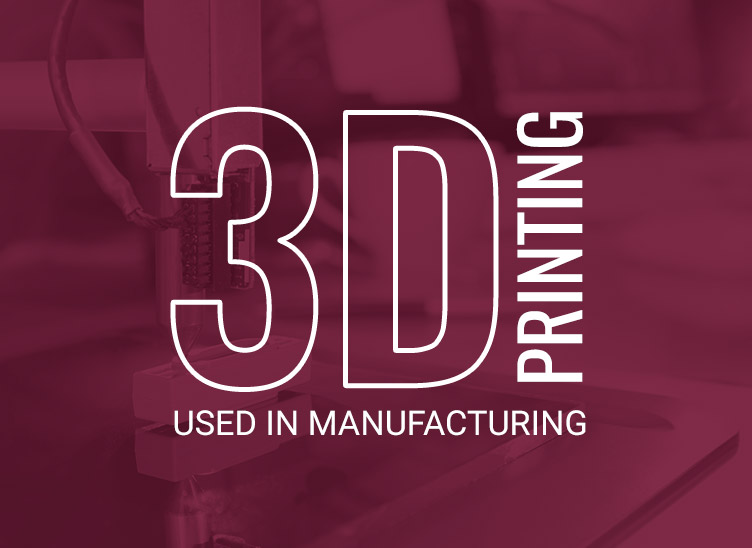
3D Printing in Manufacturing
The introduction of 3D printing has changed the manufacturing industry. While it is still in the early stages, it is expected that this form of manufacturing will continue to evolve and change much more. In the short amount of time 3D printing has been around, there have been remarkable improvements in the manufacturing industry in its processes, production, fulfillment of orders, and impact on the assembly line.
Improving the Process
The way that manufacturing has been done in the past is to use a subtractive process to make parts. What this means is that a shape is cut out of a material for manufacturing, whether that is a block of aluminum or rubber. Once the part is taken out of the material, the excess is considered scrap. To reduce waste, the scraps are melted down and formed into blocks to be used to manufacture another part.
The process for 3D printing is referred to as an additive process. Rather than cutting from a block, raw material is added to the shape of the part so there are no scraps. This reduces waste, product costs, and time to melt down scraps. Just about any shape or complex product can be produced with this method, including false teeth, jewelry, auto parts, replacement bones, shoe soles, and more.
Mass Production
The real downfall of using 3D printing for manufacturing is that it takes too long and is still more expensive. While it cuts costs elsewhere, it comes with a hefty upfront price tag. It isn’t ideal for mass production either because the process is slow, taking longer than traditional manufacturing processes. As more people use this and systems become improved, it will only be a matter of time before it becomes possible to do mass production.
Fulfilling Orders Better
One of the biggest benefits that 3D printing offers manufacturers is the freedom to reduce their warehouses. Many manufacturing companies must take up large amounts of land with warehouses full of spare parts and materials for production. With 3D printing, parts are made to order, using less space to hold everything. The turn-around time for fulfilling orders is also decreased because inventory is easier to track.
Assembly Lines
Another traditional process changed by 3D printing is the assembly line. Most manufacturers depend on this operation, but it takes time to switch out different orders. With each new product and customer, software must be updated, materials changed out, and tools adjusted. Since 3D printing is a single operation, there is more flexibility given to the production team and set up time is minimal. With updated printers, rush orders become the norm because they are pushed through faster.
The Tip of the Iceberg
While this is still an emerging territory for manufacturers, the sky is the limit with possibilities available. The software is already improving and capacities being changed. There are already many ways to increase production, improve processes, and cut costs with a 3D printer on hand. It is exciting to see the way it is changing the industry and the possibilities of shaping it in the future.
For your manufacturing needs, contact us at Clark Rubber & Plastic. We offer a variety of service, including metal milling, rubber extrusion services, solar plastics, and more.
